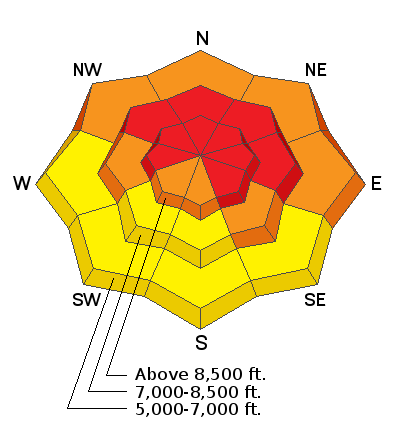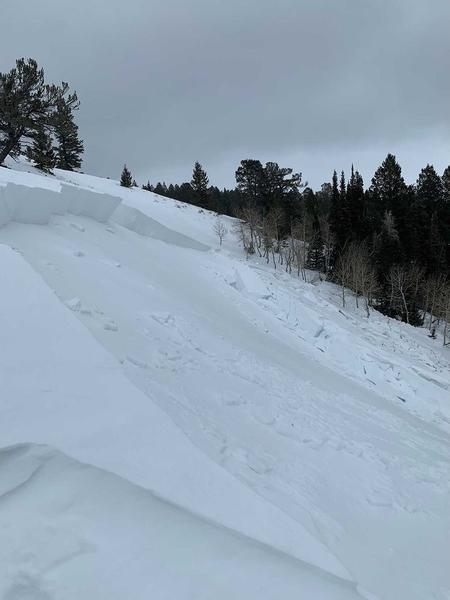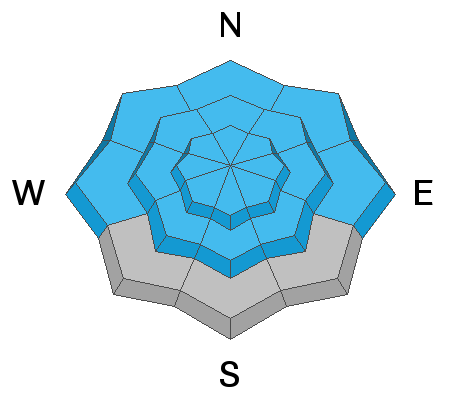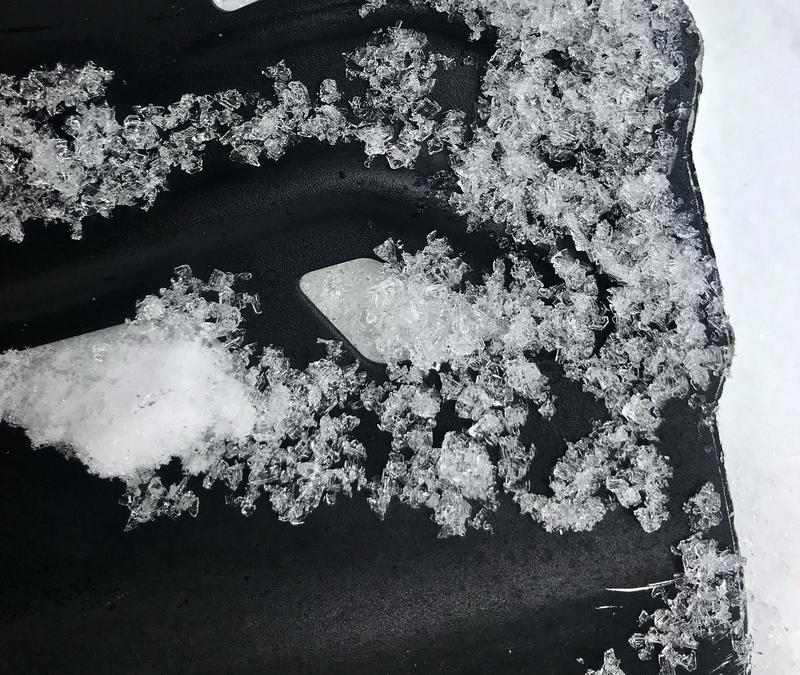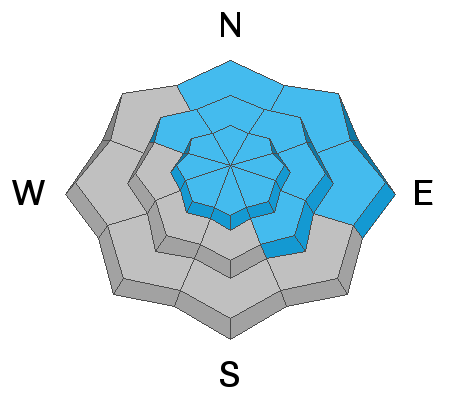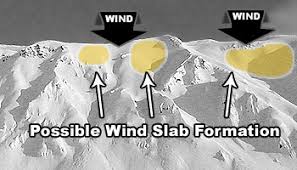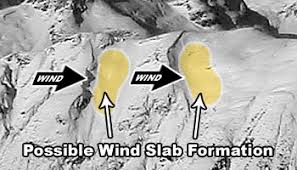We've completed the report on last Saturday's tragic avalanche in the backcountry in Mill Creek Canyon above Salt Lake City that killed four skiers.
Final Accident Report
The UAC in Logan is offering a Youth BC 101 avalanche class for youth aged 16-20 on Feb 21. For more info and to register, click
HERE*VERY DANGEROUS BACKCOUNTRY AVALANCHE CONDITIONS EXIST*
Snow is falling in the Bear River Range this morning. About 6 inches of heavy snow has fallen overnight, it's a warm 28°F and there is 63 inches of total snow at the 8400' Tony Grove Snotel. West-southwest winds are blowing around 20 mph at the 9700' CSI Logan Peak weather station this morning. Strong westerly winds during the week drifted tremendous quantities of fresh snow into lee slope avalanche starting zones and cross-loaded drifts in exposed terrain lower down.
With widespread layers of preexisting very weak snow, a significant increase in load on the fragile snowpack has created very dangerous avalanche conditions on drifted slopes in the backcountry.
It's snowing this morning and more snow is expected today in the mountains, with 6 to 10 inches of accumulation possible. High temperatures at 8500' will be around 27°F, with continuing 20 mph+ west and southwest winds. The National Weather Service has continued a
Winter Weather Advisory for the Logan Zone, through Sunday night. Westerly winds have moderated a bit but will continue all weekend, and continued drifting is a sure bet.
A dangerous avalanche situation exists this holiday weekend, with very dangerous avalanche conditions in the backcountry and lots of nice powder to lure people into steep avalanche terrain.
A snowpit test on a drifted mid elevation slope on the eastern slope of the Bear River Range showed unstable snow conditions on 2-10-2021. The extended column test was done near a recent remotely triggered avalanche of wind drifted snow at 7600' on an east-northeast facing slope.
Thursday, riders remotely triggered a large hard slab avalanche on a pretty low angled slope in the Peter Sinks Area (an area that is not well known for avalanches). The avalanche on an east facing slope at around 8300' in elevation was around 100 feet wide and 2 to 7 feet deep, and it stacked large chunks and piles of debris into the trees below. It is the third such avalanche to occur this week on a fairly low angled slope (between 30 and 35 degrees) and in a rather unexpected place. All have been in the eastern part of the Bear River Range...

